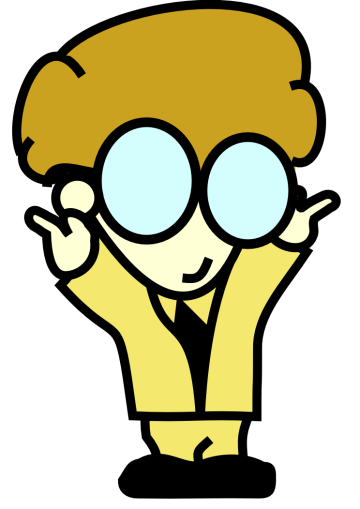The Science Of Scientific Writing Set 1 Set 1-Argument Parts : Second Page : Third Page : Example : Exercise 1 : Exercise 2 : Exercise 3 : Exercise 4 : Exercise 5 : Final Page - Set 1.
OVERVIEW: The way to well-written science
PART I: Paragraphs and Sentences
SET A: Paragraphs: The Maps Behind Them
SET B: Paragraphs: Using Maps to Meet Readers' Expectations
SET C: Paragraphs with Something Extra: Points and Tails
SET D: The Generic Section: Expectations and Maps as Blueprints
SET E: Scientific Sections: The Methods and Results
SET F: Scientific Sections: The Discussion
SET G : Scientific Sections: The Introduction
SET H : Sentences
SET I : The Paper as a Whole
PART II: The Paper and its Sections
SET 1: Argument Parts
SET 2: Indicator Words
SET 4: Locating Arguments in Prose
SET 5: Rationale's Essay Planner
SET 6: Evidence in Arguments: Basis Boxes
Synthesis 1: Position-Early Paragraphs
Synthesis 2: Position-Final Paragraphs
Synthesis 3: Writing a Discussion I
Synthesis 4: Writing a Discussion II
An argument is a set of one or more reasons or objections bearing upon some claim.
Arguments have a number of key components:
- A position is the main point under consideration. It can also be called the contention, the conclusion, or the issue. The position statement must be an idea that is debatable, that is some people will believe it to be true, while others believe it to be false. We represent a position with a white box:
- A reason provides evidence that another claim is true. Reasons go in green boxes:
Note: The word "reason" as used when talking about an Argument has a different meaning than when it is used when talking about an Explanation. Explanations are a big part of science, and explanations and arguments have lot in common. As noted by David Kelley in his excellent book "The Art of Reasoning", they have the same internal structure, and the logical relationships between component elements are often identical. As he pithily says though:
"The difference lies in their goals: an argument tries to show that something is true; an explanation tries to show why it is true"
An explanation might concern itself over why the sky is blue, whereas an argument might try to convince us that the sky is a lonely place. As such, explanations deal with "effect-cause" relationships rather than those between "positions-claims".
We will discuss this distinction more a bit later in the set.
You will often find it useful to double-check your arguments to see whether you have introduced explanatory rather than argumentative elements.
Let's see how well you understand the difference between Arguments and Explanations.
How did you go?
81-100% Very Discerning
61-80% Discriminating
41-60% Coming or Going?
21-40% "Needs to apply himself"
0-20% There's always next week.
We will consider the distinction between arguments and explanation more a bit later in the set.
So that's positions and reasons, let's now look at a third argument component, objections.
- An objection provides evidence that another claim is false. We represent an objection with a red box:
- Rationale makes a slight, some would say unnecessary, distinction between an objection to a reason and an objection to another objection. It calls the latter a rebuttal - it aims to provide evidence than an earlier objection is false. We represent a rebuttal with an orange box:
Content of this page drawn in whole or part from the Austhink Rationale Exercises with permission from Austhink.



